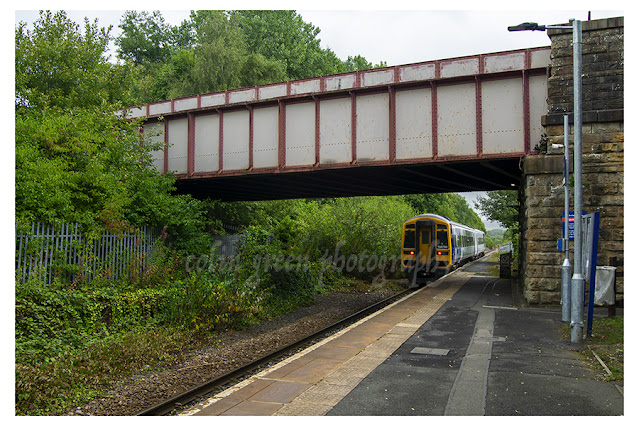There's a unique magic in an old 35mm slide. It's a tiny, luminous window back in time, often to a place or moment that time has smoothed over. Today, I'm sharing one of the simplest, yet most evocative, finds from my collection: a landscape shot simply labelled, "Pendle Hills, Lancashire 1975."
Forget the drama of exotic ruins; this photograph captures the quiet, rolling heart of the English North West.
Dating the View: Mid-Seventies Lancashire
The date on the slide, 1975, places this photograph firmly in the mid-century era, a time when colour slides were the go-to format for amateur travel and holiday memories. The slightly muted, warm tones and the visible film grain are characteristic of the colour film stocks popular during that period, like Kodachrome or Ektachrome, which reigned supreme from the 1950s through the 1980s.
The image itself is pure Lancashire in the 70s:
The Foreground Mystery: In the immediate foreground, we have the rough texture of a dry-stone wall, a quintessential feature of the Pennine landscape, suggesting the photographer was standing near a field boundary or a lane.
The Middle Distance: The terrain is a mix of rough, grassy fields, some appearing quite marshy or boggy with a distinct yellow-brown hue, typical of moorland or marginal farmland. Intriguingly, there are some subtly raised, rounded mounds in the middle distance that give the landscape a structured, almost managed feel. Given that the hill is famously bordered by towns like Nelson and Clitheroe, it’s worth noting that the landscape around Pendle includes areas like the Nelson Municipal Golf Course, which had been expanded to 18 holes by this time, or similar stretches of open parkland and roughs. The slight manicured appearance of some areas could hint at this.
The Star: Dominating the skyline is the unmistakable, isolated shape of Pendle Hill. At 557m, it’s not a mountain, but its commanding presence over the surrounding lowlands makes it the most dominant local landmark. The hill itself is famous for its history—from the Bronze Age cairns on its summit, to the 1612 Pendle Witch trials, and George Fox's vision that inspired the Quaker movement in 1652.
A View Steeped in Legend
In 1975, the hill was already a landmark deeply associated with the infamous witch trials and the bleak, rugged history of the region. The photo doesn't capture the drama of the Witches' Sabbat, but rather the quiet beauty that surrounds the legend. It’s a peaceful, yet wild, vista, likely taken on a day of changeable English weather, with a mix of sun and heavy clouds scudding across the sky.
This little transparency is more than just a snapshot; it’s a moment of solitude captured by a traveller nearly five decades ago, a timeless view of one of Lancashire’s most mysterious and beloved hills.
Please take a moment to share this post, follow me on social media, and explore my work on Clickasnap and Photo4Me using the links below. Your support means a lot!























































